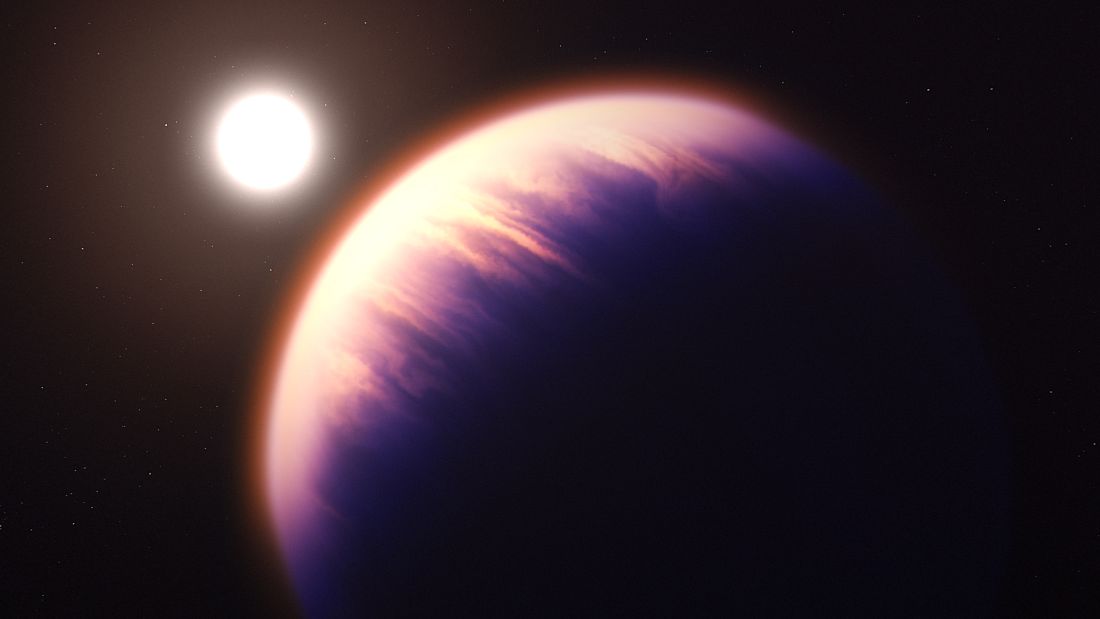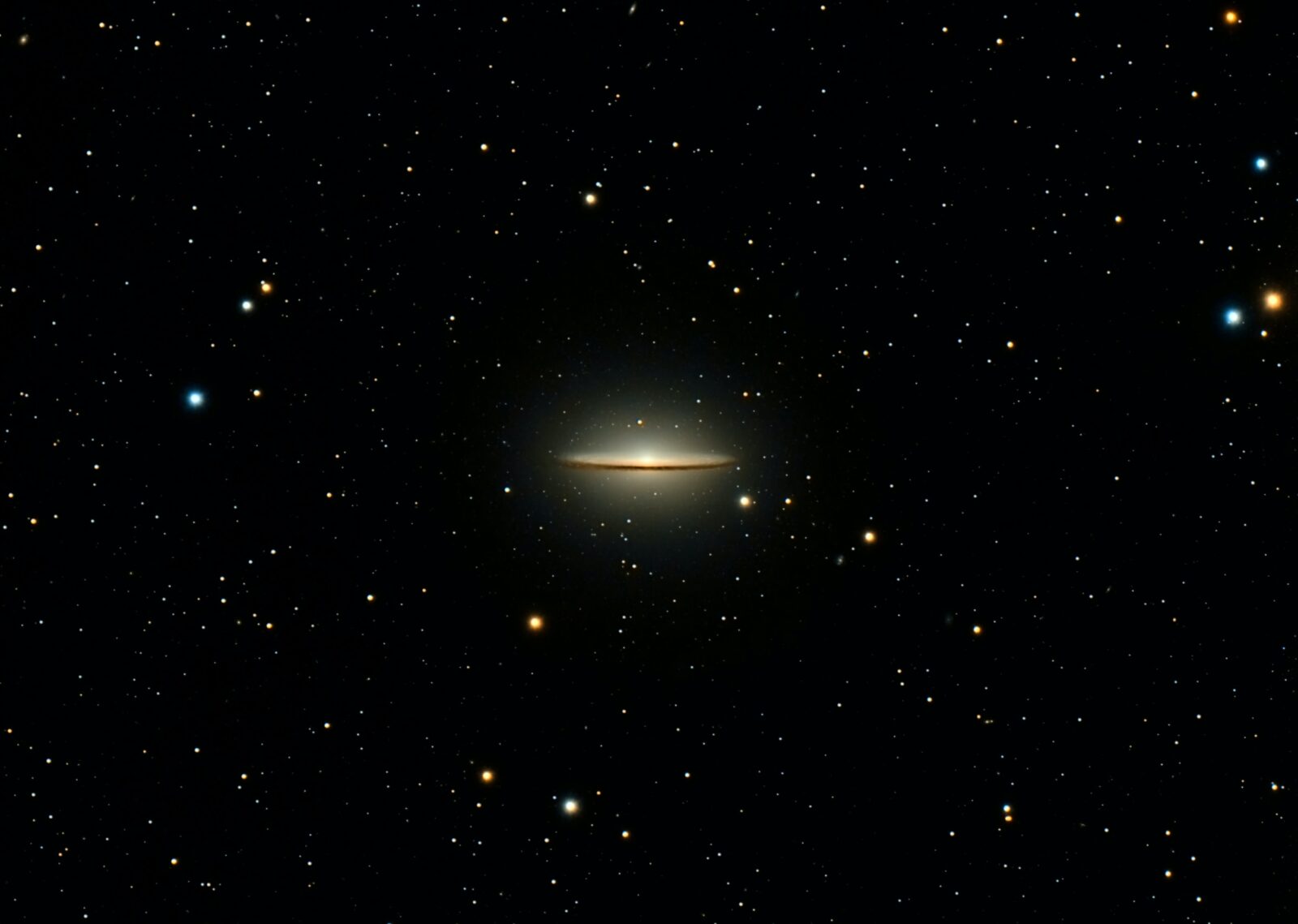In yet another example of its potential to reveal cosmic secrets, NASA’s most powerful space telescope has determined the molecular and chemical profile of an exoplanet’s atmosphere.
Following its debut earlier this year, the James Webb Telescope’s extraordinary infrared capabilities have been awe-inspiring space observers by providing a glimpse into previously inaccessible regions of deep space.
The infrared detectors on board can help find the “chemical fingerprints” of planets light years away. And NASA reported for the first time that it had found a complete reading of the atoms, molecules, evidence of active chemistry, and even clouds on a planet encircling a star 700 lightyears away.
Researchers say their findings are encouraging for studying the atmospheres of planets around other stars, particularly rocky worlds that may be habitable.

Space telescopes like James Webb have already uncovered individual components of this planet’s scorching atmosphere.
Newer observations, however, provide a great deal more specificity, down to a rough sketch of what the planet’s clouds may look like. It’s thought they can be divided up so they don’t create one continuous layer over the Earth.
WASP-39 b, sometimes known as “hot Saturn,” is a gas giant like our neighboring planet Saturn but with a far tighter orbit around its star than Mercury does around our Sun.
The planet WASP-39 b was observed by Webb as it crossed in front of its star, enabling some of the star’s light to permeate the planet’s atmosphere.
Since different molecules absorb different colors of starlight, astronomers may use the colors that are absent to determine what molecules exist in the atmosphere.
Sulfur dioxide (SO2), a product of chemical reactions set off by the high-energy light of the exoplanet’s parent star, was found for the first time in an exoplanet’s atmosphere.












Leave a Reply